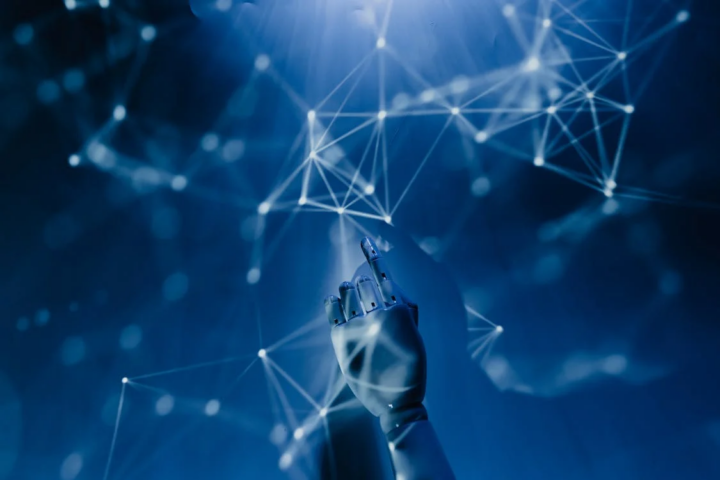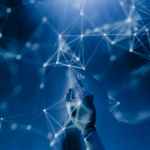We tend to take technology for granted, to the point that we don’t even realize how reliant we are on it until we’re forced to live a week without our phones, the internet, or even our electrical appliances. Technology is changing our world, but how exactly it’s doing that is elusive to the general population. Today we’ll discuss how artificial intelligence or AI is contributing to a better future.
1. Providing better healthcare
AI is making leaps and bounds in many aspects of healthcare. For example, AI models are trained to detect tumors and anomalies that the human eye can’t catch. It is a lifesaving technology because, for most cases, the earlier the patient gets treatment, the higher their chances of survival. Additionally, engineers are developing nurse robots to provide care for highly contagious patients or need 24/7 care. This reduces the risk and strain on human nurses. Fast diagnostic systems are also being developed to help doctors quickly assess a patient’s condition and determine what treatment to provide. AI also helps in other aspects of hospital management, like checking inventory and creating more organized patient databases.

2. More accurate prediction models
Thanks to large-scale data annotation, larger memory capacities, and more powerful processing hardware, today’s computers can process an unparalleled volume of data. This allows them to analyze data and come to accurate, data-based conclusions to help various industries make smarter decisions. For example, a volcanology institute can feed an AI machine a century’s worth of observations and data on volcanic activity. Using this data, the machine can assess whether a dormant volcano is more likely to erupt. Similarly, a manufacturing plant can streamline its process and reduce waste by having AI predict how much raw materials to order and distribute resources for maximum profit.
The lack of biases in machines also means they can make correlations that may have slipped our minds because of preconceived notions. This may lead to discoveries and methods in science and research.
3. Reinforcing public safety
Law enforcement and the legal system are using AI in the interest of public security. Facial recognition, DNA and fingerprint databases, and pattern recognition are helping track down criminals faster and even stop crimes before they happen. Police are also incorporating robots into their ranks to serve mundane purposes like patrolling and administrative work. Robots may also take essential jobs but are too dangerous for humans, like stepping into nuclear meltdown sites to assist with search and rescue or disarming bombs. AI’s potential in prisoner rehabilitation and assessment is also being studied to ensure that only those ready to reincorporate into society are released from prison.
These are only three ways AI is making waves in the world, but there are far more eye-opening AI stats. Far into the future, we may even witness innovations that we never have imagined. We could have robots living alongside us or more realistic-looking holograms. Right now, AI is still in its infancy. We can only wait in excitement to see what our scientists and engineers can do with this fledgling technology.
















